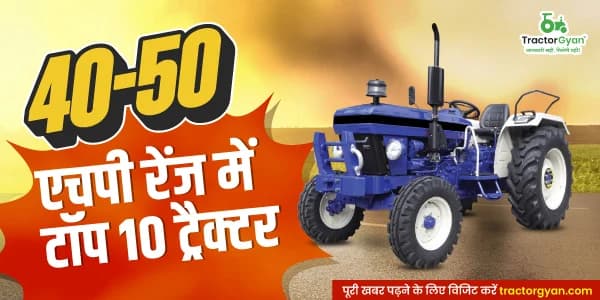Understand the Difference Between Retail Tractor Sales and Wholesale Tractor Sales | Tractorgyan
टेबल ऑफ कंटेंट
India has the largest tractor market in the world by volume with an annual market of over 9 Lac+ tractors. As Per the Tractor Manufacturers Association (TMA); the production touched the 1 million mark for continues three years in 2021,2022 and 2023. Hence, the whole world is eyeing us in terms of the tractor market. As far as farm mechanization in the country is rising; tractor sales are also rising.
And if we talk about no's, then there is always a confusion in most of the minds. In every month's beginning, there are lots of nos that start floating about the sales figures on social media. So two main terminologies strike hard. One is WHOLESALE SALES and the other is RETAIL SALES. Now let us understand the difference between these two.
Retail Tractor Sales
1. Sales from Tractor dealerships to Customers like farmers in the case of Tractors
2. Shows actual market demand and customer purchases
3. Typically reported by Road transport authorities (RTO)
Wholesale Tractor Sales
1. Sales from manufacturers to dealerships or distributors.
2. Indicates manufacturer's billing or dispatches to dealers
3. May not show actual customer demand due to inventory fluctuations at Dealerships
4. Usually reported by manufacturers to industry associations like TMA, government agencies, Stock exchange, etc.

Key Differences between Wholesale and Retail Tractor Sales
1. Sales Channel:
Retail (dealer to customer) vs Wholesale (manufacturer to dealer)
2. Timing:
Retail sales reflect actual on-ground demand, while wholesale sales may lag due to inventory at Dealerships
3. Difference in Volume:
Wholesale sales are typically larger than retail sales due to higher billings to dealers
4. Data Availability:
Retail sales data may be harder to obtain, while wholesale sales data is often publicly available
Importance of Retail Tractor Sales Data
1. Accurate Market Demand: Reflects actual customer purchases and market trends
2. Regional Insights: Provides state- or region-level sales data for targeted marketing
3. Competitive Analysis: Helps manufacturers and dealers assess market share
4. Sales Forecasting: Informs production planning and inventory management
Importance of Wholesale Tractor Sales Data
1. Production Planning: Guides manufacturers' production and supply chain decisions
2. Industry Trends: Indicates overall market growth or decline
3. Economic Indicators: Reflects broader economic conditions (e.g., agricultural sector growth)
4. Manufacturer Performance: Evaluates manufacturers' sales performance and market share
TractorGyan keeps on bringing the industry news to you. Please do like, subscribe & comment if you like the news. For such news follow our LinkedIn page.
कैटेगरी
और ब्लॉग पढ़ें
John Deere India overtakes all other tractor brands in the higher HP segment from Apr '24 to Oct'24, based on Vahan (RTO) registration. This segment comprises 50HP+ TREM IV tractors. Mahindra is not lagging behind either, with a narrow margin of just...
भारतीय कृषि क्षेत्र में ट्रैक्टर का चुनाव एक महत्वपूर्ण निर्णय है। आयशर 380 4WD प्राइमा जी3 और जॉन डियर 5105 4WD दोनों ही भारतीय किसानों की जरूरतों को पूरा करने में निपुण है। ये दोनों ट्रैक्टर खेती के विभिन्न कार्यों के लिए...
महिंद्रा ने कृषि उपकरणों के क्षेत्र में अपनी विशेष पहचान बनाई है, और उनके ट्रैक्टर हमेशा से किसानों की पहली पसंद रहे हैं। महिंद्रा अपने मजबूत और भरोसेमंद ट्रैक्टर्स के लिए प्रसिद्ध है। इस बार महिंद्रा लेकर आया है एक खास ट्रैक्टर,...
इसके बारे में अपनी टिप्पणी लिखें Understand the Difference Between Retail Tractor Sales and Wholesale Tractor Sales | Tractorgyan
.webp&w=1920&q=75)
ट्रैक्टर और कृषि से जुड़े सबसे अधिक खोजे जाने वाले ब्लॉग्स
30 Jul 2025
30 Jul 2025
29 Jul 2025
08 Sep 2025
03 Jul 2025
30 Jul 2025
30 Jul 2025
30 Jul 2025
29 Jul 2025
30 Jul 2025
29 Sep 2025
31 Jul 2025
30 Jul 2025
31 Jul 2025













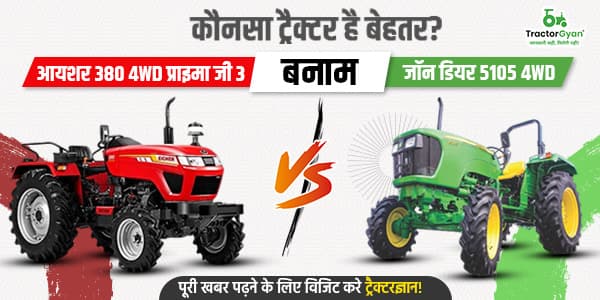

.webp&w=2048&q=75)
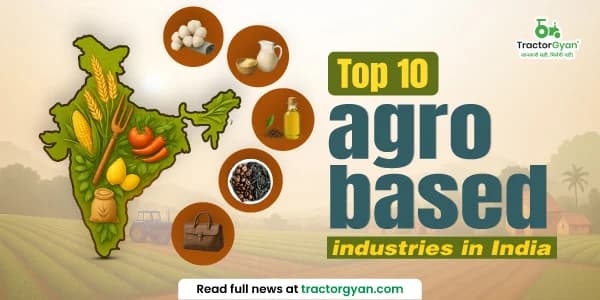
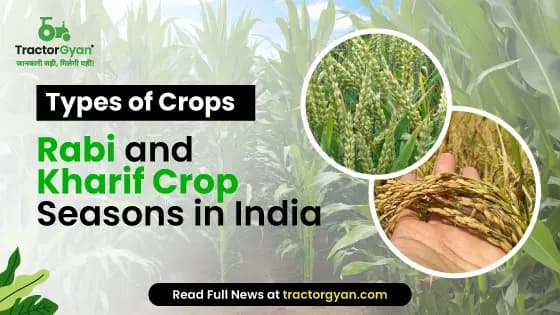


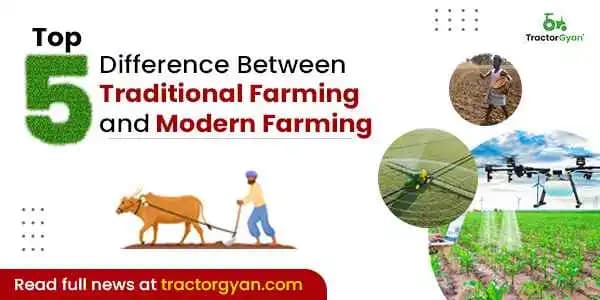
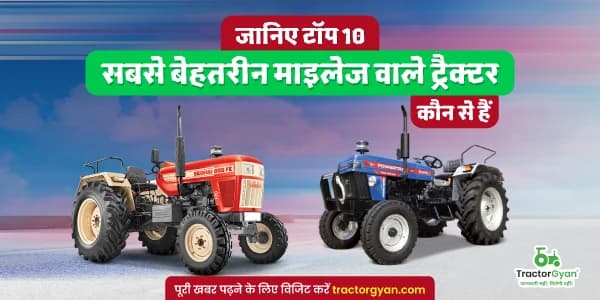




.webp&w=2048&q=75)
.webp&w=2048&q=75)
